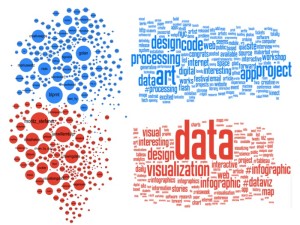 When I used to see people use spreadsheets and make charts and graphs, I would watch in awe. When I saw a blank open spreadsheet in front of me for the first time I had a mini heart attack. Now that I kind of know how to use spreadsheets and how data can be displayed beautifully using them, I’m a lot more open to the fact that data can be an awesome tool to tell a story.
When I used to see people use spreadsheets and make charts and graphs, I would watch in awe. When I saw a blank open spreadsheet in front of me for the first time I had a mini heart attack. Now that I kind of know how to use spreadsheets and how data can be displayed beautifully using them, I’m a lot more open to the fact that data can be an awesome tool to tell a story.
I agree a lot with the main points in this chapter of the Data Journalism Handbook. I think the way we as journalists present data is very important. The section talking about an open data platform is pretty relevant to the problem with the Austin music census raw data dilemma Cindy is having. I think being very open with ALL the data used in any story is very important not only for the sake of telling story correctly but for the sake of transparency and the ethics one has as a journalist.
The other main points about how and when to display data are all very good. One of the things that came to mind of what NOT to do is this little gem my girlfriend showed me the other day when we were discussing data and graphs. It’s very political and doesn’t really have to do with journalism or telling a story, but it shows the importance of a visual that makes sense and KNOWING YOUR SOURCE!
I found a quick little data set pertaining to digital music sales. You can go in and choose different regions on the drop down menu. This data could be compared to data of physical sales to see which artist do better with what music format.